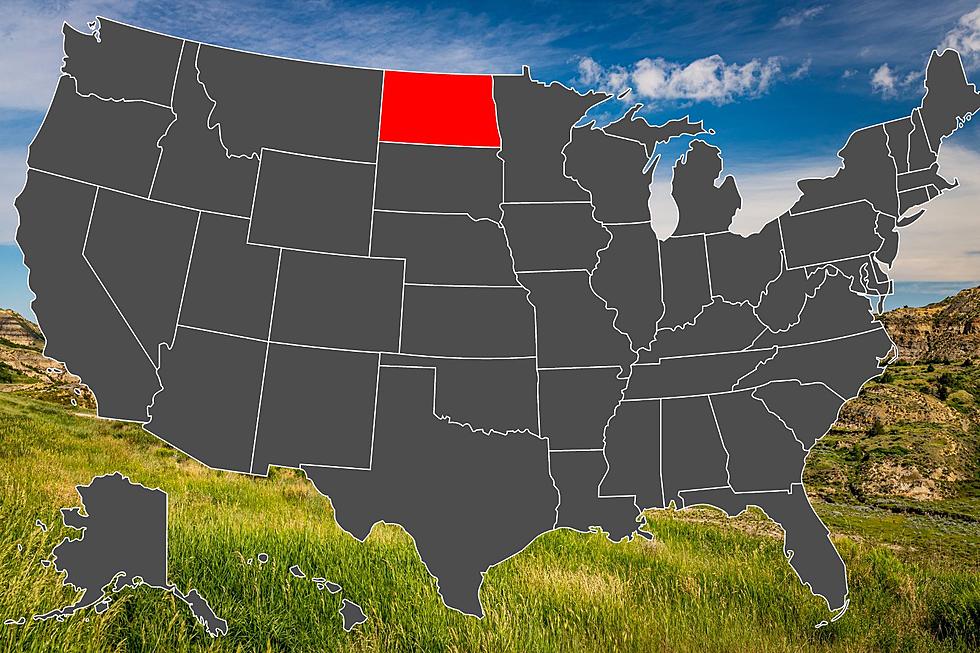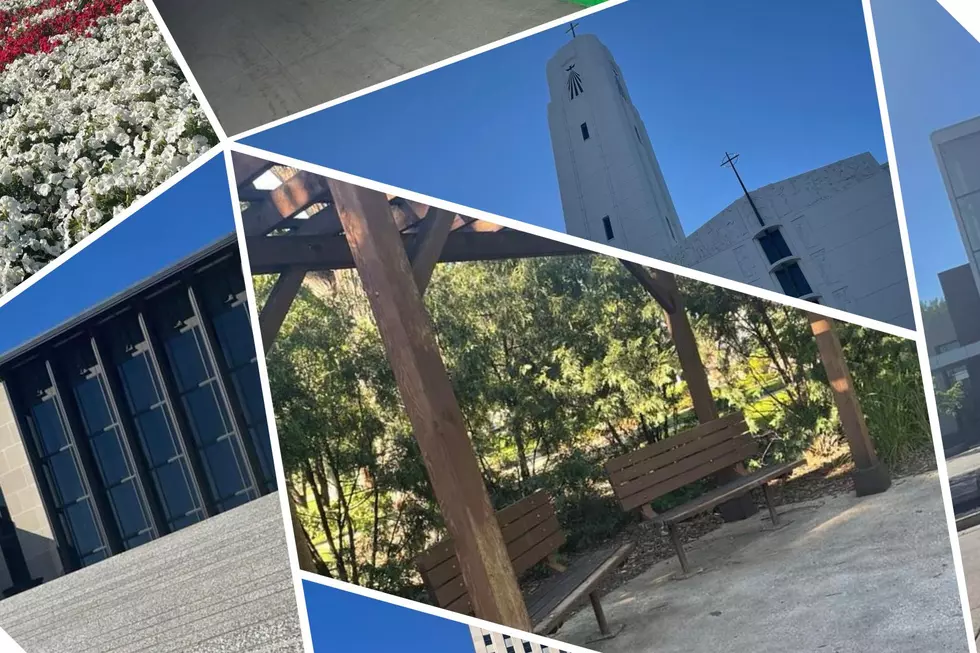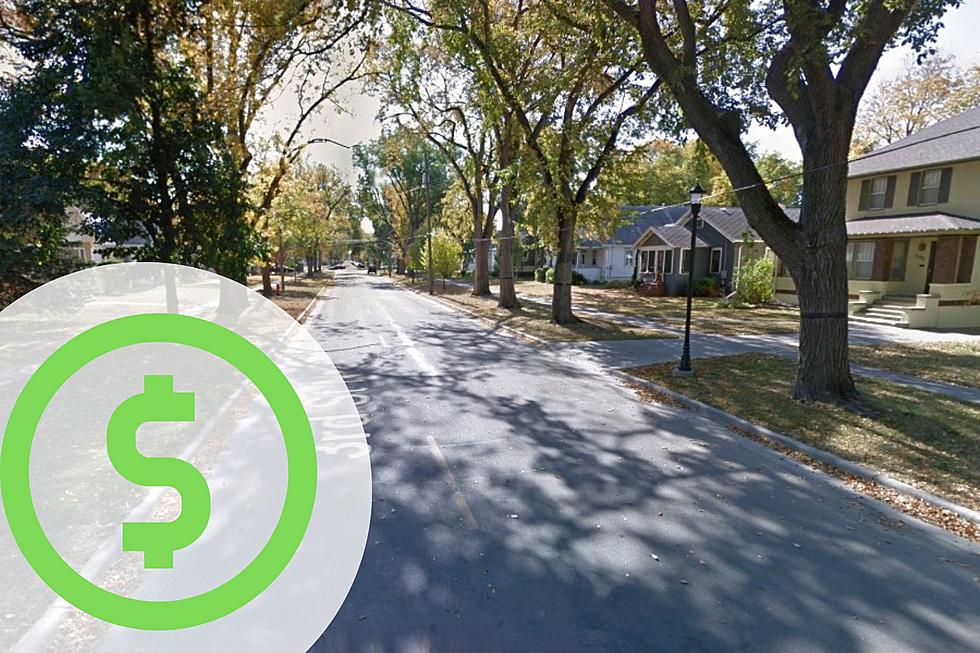
Top 3 Rocks Searched For Found By Rockhounds In North Dakota
Boulders the size of trucks moved by glaciers years ago may speckle the landscape in North Dakota, or the rock piles of now and then from past settlers to farmers that cleared the land for crops... But do you know the state fossilized "rock" of these prairies?
Rockhounds & Geologists
Hiking and scouting along the trail is a hobby for hikers but there is one prize that rockhounds pay close attention to... Teredo Petrified Wood. This find was named the ND state fossil and today is sought after by Rockhounds, Geologists and Tourists.
Teredo Petrified Wood
According to the North Dakota official website, "The state fossil of North Dakota is the 60-million-year-old Teredo- (ter-Ee-doe) bored petrified wood. Teredo-bored petrified wood got its name because little clams called “teredos” drilled tiny holes into the wood before it fossilized. Minerals filled in the cells of the wood as it decayed so that it looked exactly like the wood that had been there in the first place, except it was now stone."
Agates
These beauties are known for having a wide variety of color as they are mainly consisted of chalcedony and quartz. Agates are often used for ornamental purposes such as jewelry, and their use dates back to Ancient Greece.
Concretions
Having long been regarded as geological curiosities, concretions, are formed by the precipitation of mineral cement within the spaces between particles. They are hard compact masses of matter that are found in sedimentary rock or soil and are often round or spherical in shape. These formations can be found in all of southwestern North Dakota as well as within glacier sediments and bedrock formations that occur in the eastern half of the state.
Swamp to Prairie
To understand that this beautiful landscape was once a muddy swamp to now a sea of native grasses to crops, hills, and badlands it can be hard to imagine how diverse a topography can change over millions of years! Rain or shine one can see all of these changes by visiting the North Dakota Heritage Center and it's even free! Otherwise on your next hiking adventure, keep your eyes open, on the ground, and keep the lookout for one of these fascinating fossils!
Get Out And See North Dakota
."}" data-sheets-userformat="{"2":513,"3":{"1":0},"12":0}">
More From Super Talk 1270









